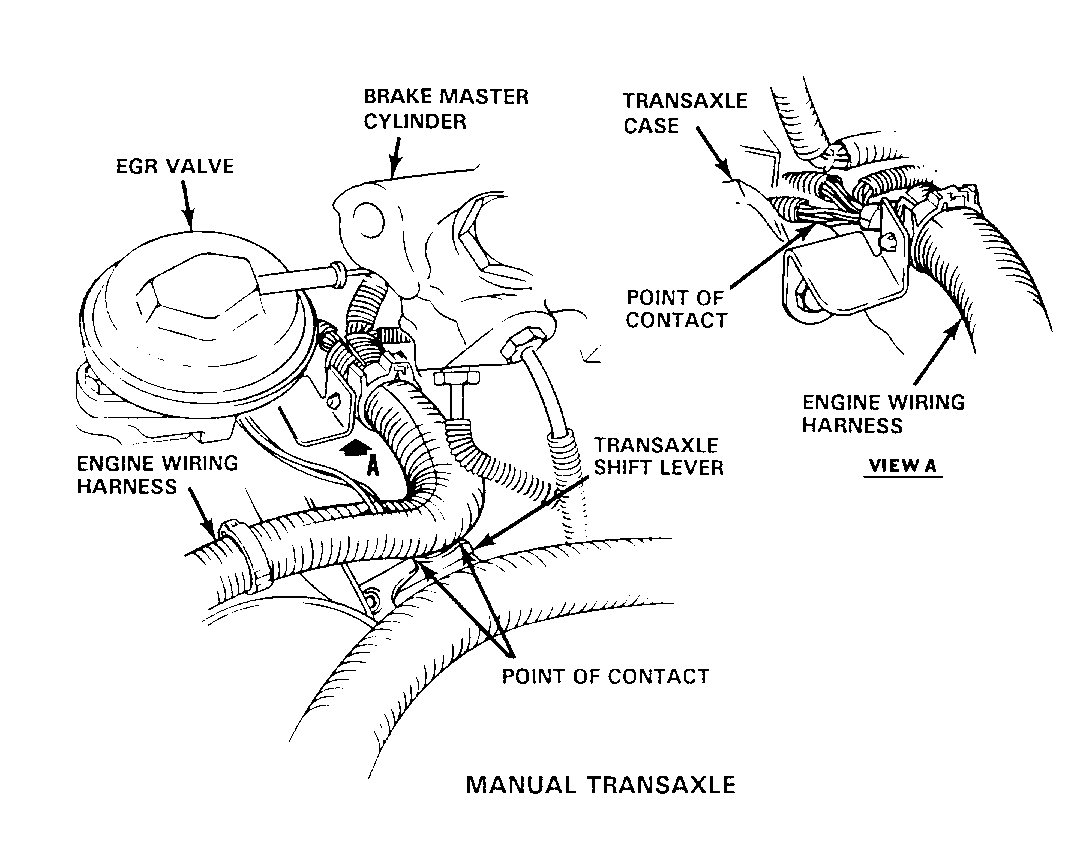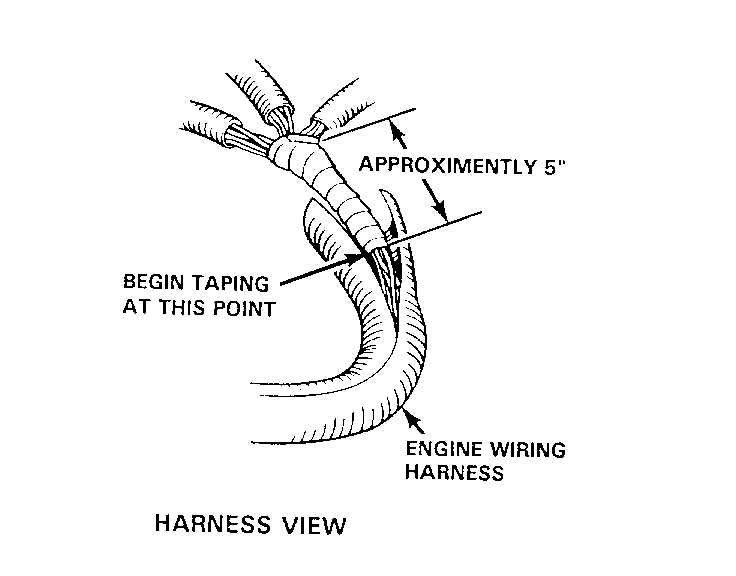INTERMITTENT TROUBLE CODES AND/OR DRIVEABILITY CONCERNS

SUBJECT: INTERMITTENT DIAGNOSTIC TROUBLE CODE 42 AND/OR DRIVEABILITY CONCERNS (TAPE AND REPOSITION HARNESS)
(Revised to Remove Labour Codes)
VEHICLES AFFECTED: 1990-91 J/L W/2.2L ----------------------------------------------------------------------------
Condition:
---------- Some 1990-91 J and L vehicles equipped with the 2.2L (LM3) engine may intermittently exhibit one or more of the following conditions:
- ECM Diagnostic Trouble Code 42 set, with no trouble found.
- Engine stalling rough running, with no trouble found.
- Intermittent no-start, with no trouble found.
- ECM fuse blown, with no trouble found.
Cause
DIS (Ignition) module lead wiring may be subject to a rub-through condition at the engine wiring harness bracket where it is mounted at the transaxle case. In addition, a similar condition may also exist on the transaxle case near the same location, from a sharp edge formed during case casting, when equipped with manual transaxle.
Correction:
----------- Refer to Illustrations for location of repairs.
Repair Procedure:
- Remove secondary ignition wire bracket and wires, set aside.
- Remove clutch cable retainer and cables, set aside. (Manual transaxle only.)
- Un-clip engine wiring harness conduit from retainer, pull back conduit to expose harness.
- Using common "black" electrical tape (locally attained part), begin taping approximately 5 inches back from the point where the main harness breaks out into 3 smaller harnesses.
- While taping to the break out point, push the individual smaller conduits back and tape up the harnesses as far as possible.
IMPORTANT: Tape wire harness with 4 layers of tape to insure proper insulation.
IMPORTANT: If any wires are worn through enough to short out against each other, if strands of wire are broken, or if an "open" wiring condition is found, refer to Section 8A of the applicable Service Manual for proper wiring repair.
- Install wiring harness back into conduit. Before clipping retainer closed, pull the harness towards the centre of the vehicle to remove any slack in the harness. This will keep the harness off the transaxle case and away from the transaxle controls.
- Clip harness retainer into position.
- Reinstall clutch cables and retainer. (Manual transaxle only).
- Reinstall secondary ignition cables and bracket.
If vehicle is being repaired under warranty use:
For taping and repositioning harness: Labour Time: 0.3 Hours
For wiring repair, taping and Labour Time: 0.4 Hours repositioning of harness:



General Motors bulletins are intended for use by professional technicians, not a "do-it-yourselfer". They are written to inform those technicians of conditions that may occur on some vehicles, or to provide information that could assist in the proper service of a vehicle. Properly trained technicians have the equipment, tools, safety instructions and know-how to do a job properly and safely. If a condition is described, do not assume that the bulletin applies to your vehicle, or that your vehicle will have that condition. See a General Motors dealer servicing your brand of General Motors vehicle for information on whether your vehicle may benefit from the information.
